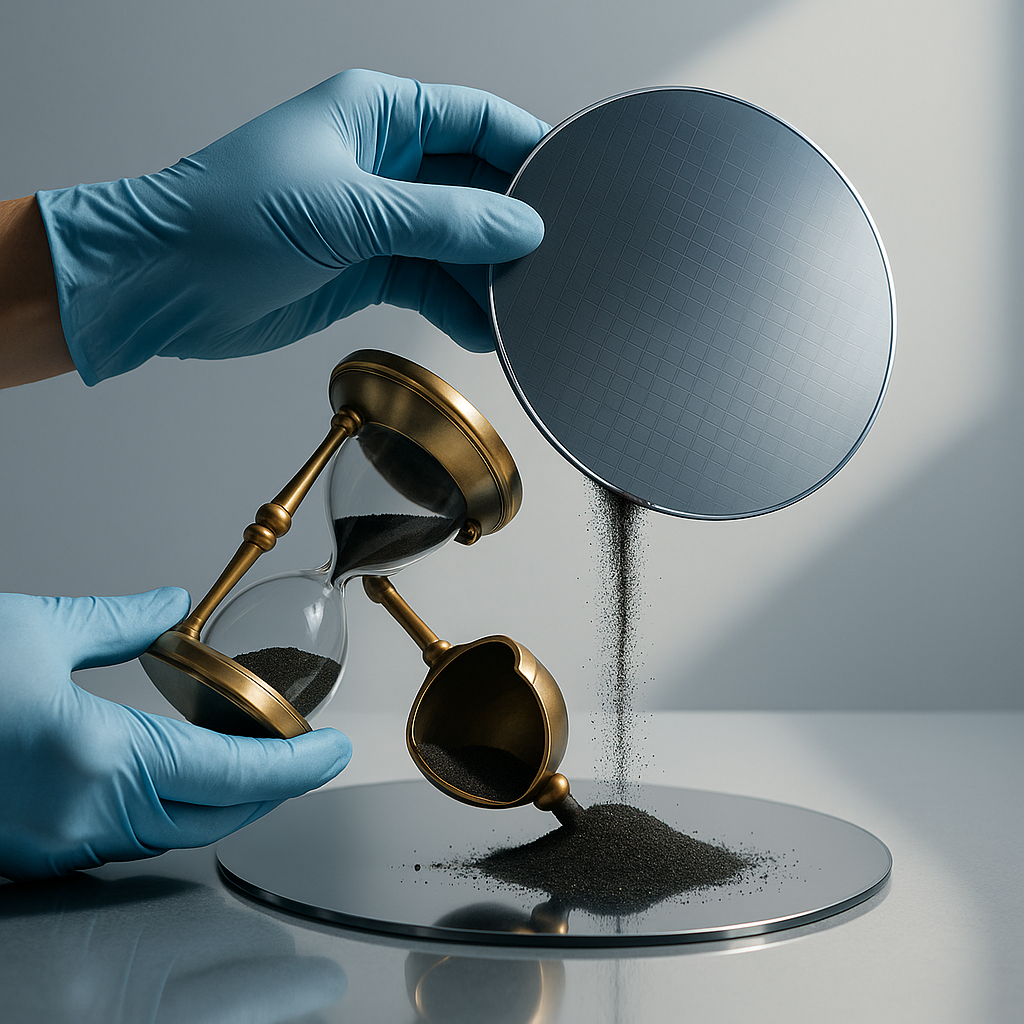SUPREME Pilot Line Catalyzes Industrial-Scale Superconducting Quantum Chips
Published Nov 12, 2025
On 2025-07-09 the EU selected the SUPREME consortium, coordinated by VTT (Finland) with 23 partners across eight member states, to run Europe’s first pilot line for industrial-scale superconducting quantum chip fabrication, with three main sites including Garching and Munich and a goal to deliver validated high-yield processes and shared process design kits (PDKs) by 2027. Simultaneously, market financing accelerated: on 2025-11-03 Xanadu announced a $3.6 billion SPAC merger to list on Nasdaq and raise close to $500 million including $275 million in PIPE, while Israeli startup Qedma closed a $26 million Series A to commercialize error-mitigation software that it says can scale usable circuit sizes up to 1,000×. These moves matter because they combine capital and manufacturing scale to improve hardware readiness, support domestic supply chains, and expose risks in yield, coherence, and cost; immediate milestones to watch are SUPREME's 2027 PDK delivery and Xanadu's use of proceeds.
